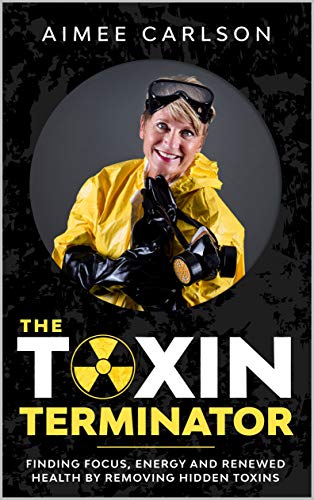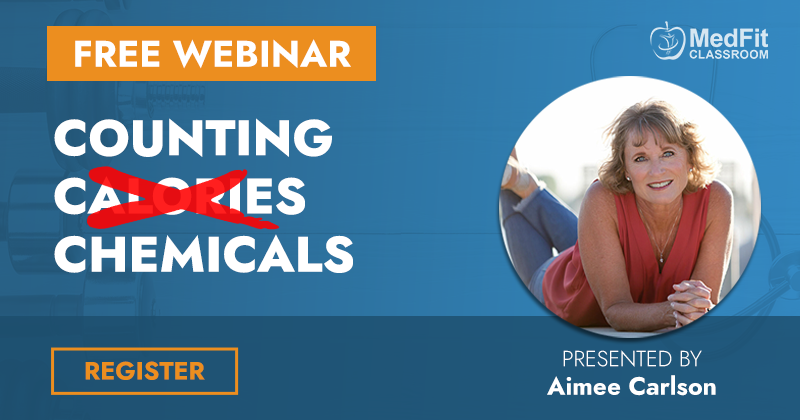It’s time to play!
I had just returned home from an amazing educational conference in Arizona. Some of the most educated and credentialed humans in the fitness world had come together to share and learn the most up-to-date and evidenced-based systems in the fitness world. My thoughts felt like a bag of ping pong balls had been dropped, bouncing in many directions at once.
I was getting out of my car on the way to get groceries. All the lessons, lectures, and workouts swirling in my mind. I was looking for a common thread. What was the connection to all that I have learned? Then, I hear this clippity clack clippity clack! I look over my shoulder in the parking lot of a Publix. There was this young girl holding her mother’s hand. She had her princess outfit on, crooked crown, fake jewels and plastic shoes. The shoes skipping on the pavement was the clippity clack sound that made me look. I giggled at the difference between mom’s face, stress, deep thought and worry, and the young girl’s free and happy smile. Then I see them in the store. The young princess was leaping from colored tile to colored tile. I could see the imaginary moat she might be trying to cross while being chased by the creatures below.
I flashback to a seminar and one of the drills I just experienced with Master Instructor, Andy Hainey. Bounding in multiple planes of motion to challenge the athlete’s ability to accelerate and decelerate force efficiently. This beautiful happy princess was naturally doing some of the most advanced programming I flew thousands of miles to study.
BOOM! It hit me. PLAY…. she was PLAYING! The sessions and lessons that shone brightest and stayed with me from the workshops, were those that felt like play. They were technical and evidence-based, and they were fun! No one used jargon or spoke of the sagittal plane or the eccentric phase. They made it fun.
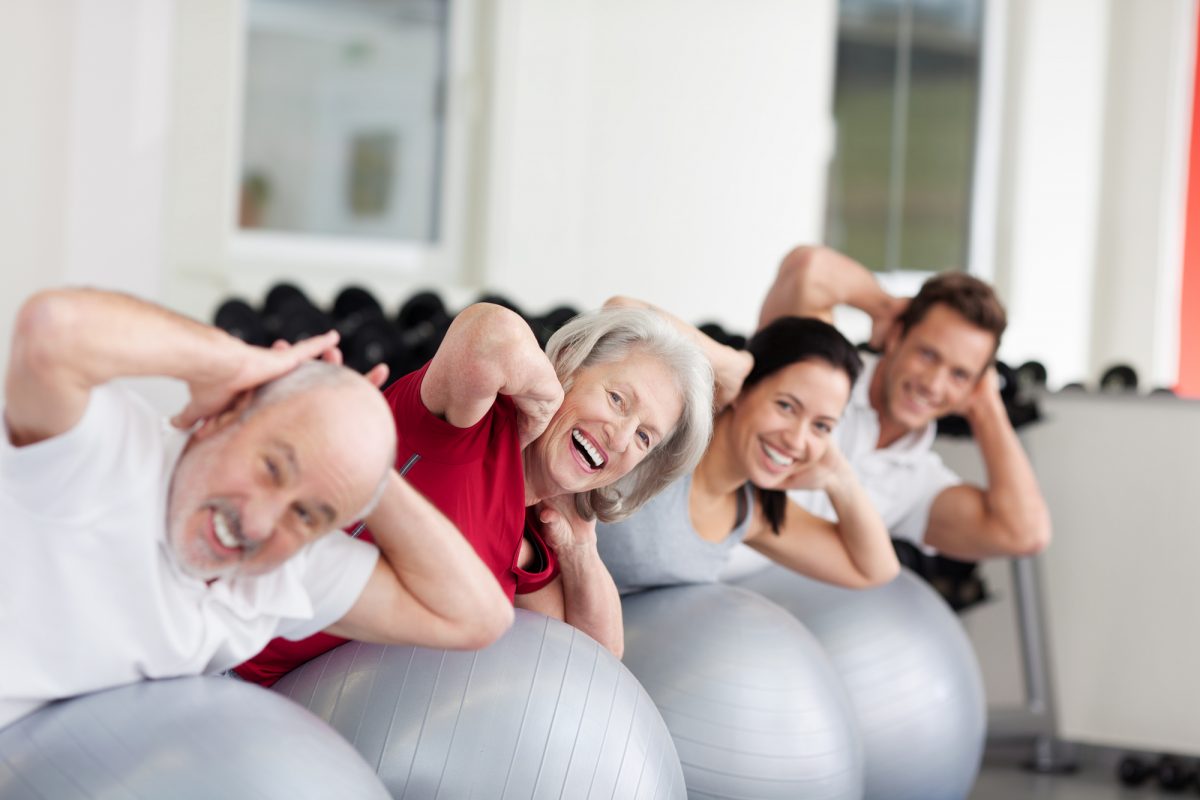
Benefits of Incorporating “Play” into Your Programming for All Ages
The are many studies of the benefits of play and physical relation between activity in youth populations. The evidence shows a positive relation between physically active youth, and seven areas of cognitive performance (perceptual skills, intelligence quotient, achievement, verbal tests, mathematics tests, developmental level/ academic readiness, and other). Sibley et al., 2003
Playing increases enjoyment and adherence at all ages. It creates a positive reaffirming cycle of success. The more you enjoy something, the more time spent doing it. The more time spent doing an activity, the more skilled you become. The greater the skill level you achieve or the higher the achievement, the more you will enjoy doing the activity.
We forget what it was like to play as we age with all the responsibilities and stresses we have We are told to put childish things aside. As a “fitness professional” we are blessed to keep playing in many senses of the word. I have spent many hours of my life educating myself and gaining certifications. While I believe that time has been well spent, my clients continually tell me their favorite aspect of our time together is the fun factor.
Many feel as though they haven’t repeated a workout ever. This is not the case. I do follow the NASM OPT model. It is a progressive system that can be applied to every aspect of fitness training. Our body has a miraculous ability to adapt to specific demands placed on it. That is my primary guide to programming for my clients. Once we establish their baseline abilities through comprehensive assessments, and what goals they want. Then we create the program based on the S.A.I.D. principle (Specific Adaptation to Imposed Demands). The assessments many times feel intimidating and clinical and set that as the tone for you and your client. If we as trainers and coaches make the assessments fun and non-intimidating games (I use the term drills in place of games for my adults many times) or play, we can start creating a positive nurturing environment for our clients. Don’t just show them where they are deficient. Let them show and celebrate what they are capable of.
Bottom line is, have fun and play! You will enjoy every session. Your clients will look forward to each session. They will give their all and get better results. Keeping clients training is one of the most challenging parts of what we do. Embrace your inner child, and theirs. Get them to hop from stone to stone in monster infested waters or bring out the agility ladder. Either way just play!
Coach Pete Guzman is a NASM Master Trainer with CES, PES, YES, CNC, SGPT MMACS and 4th degree Black Belt. Look for his upcoming seminar in June to find out more about youth programming and adding fun to your clients’ journeys.


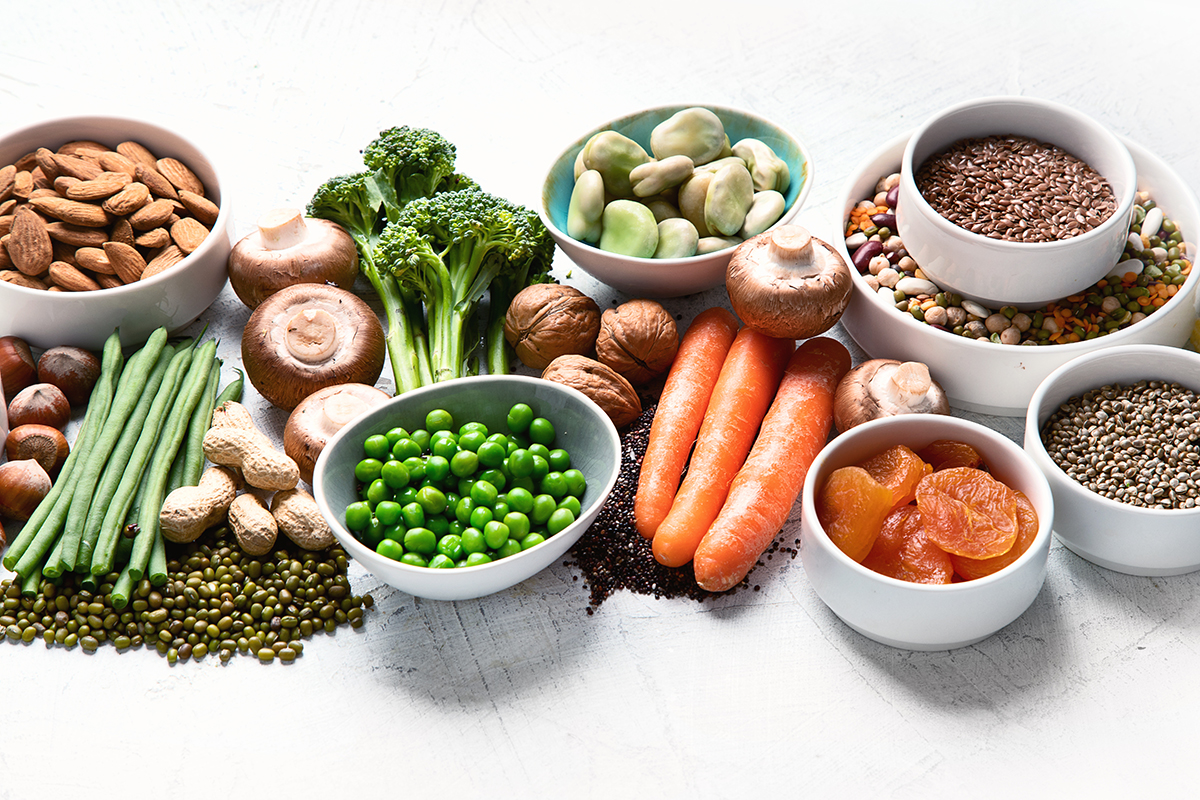


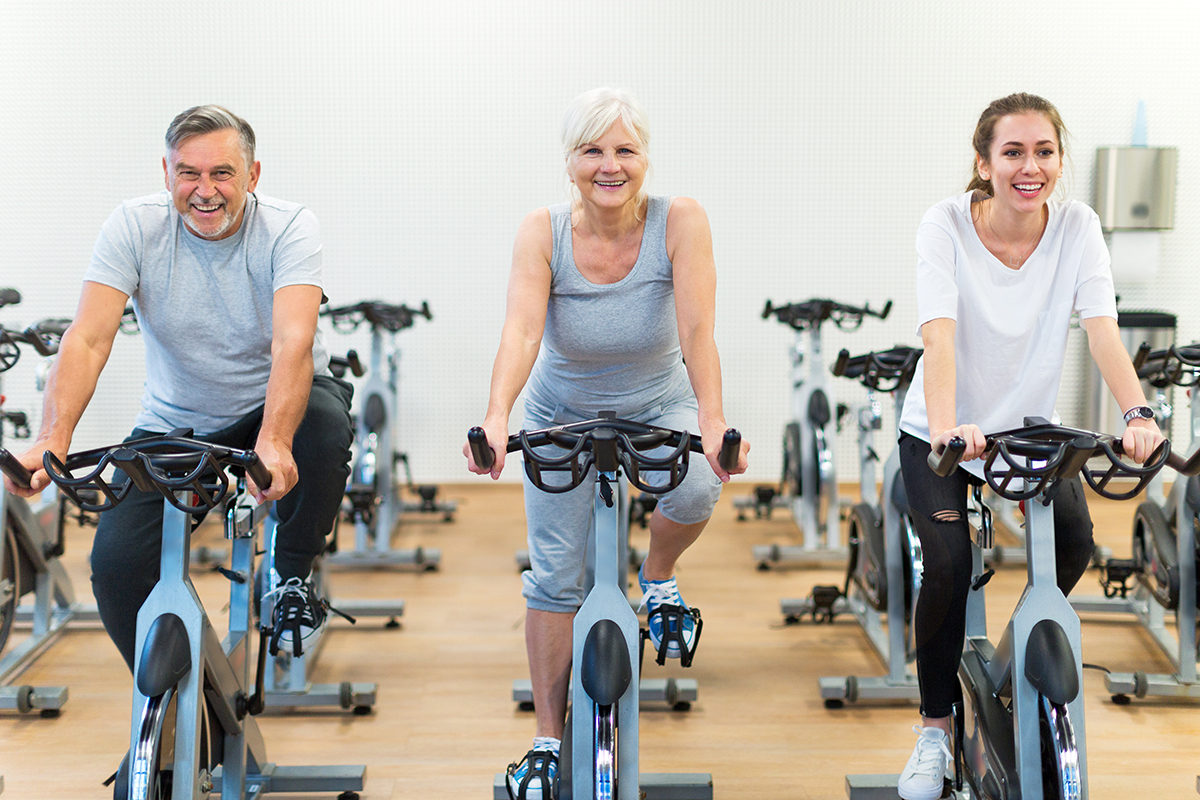




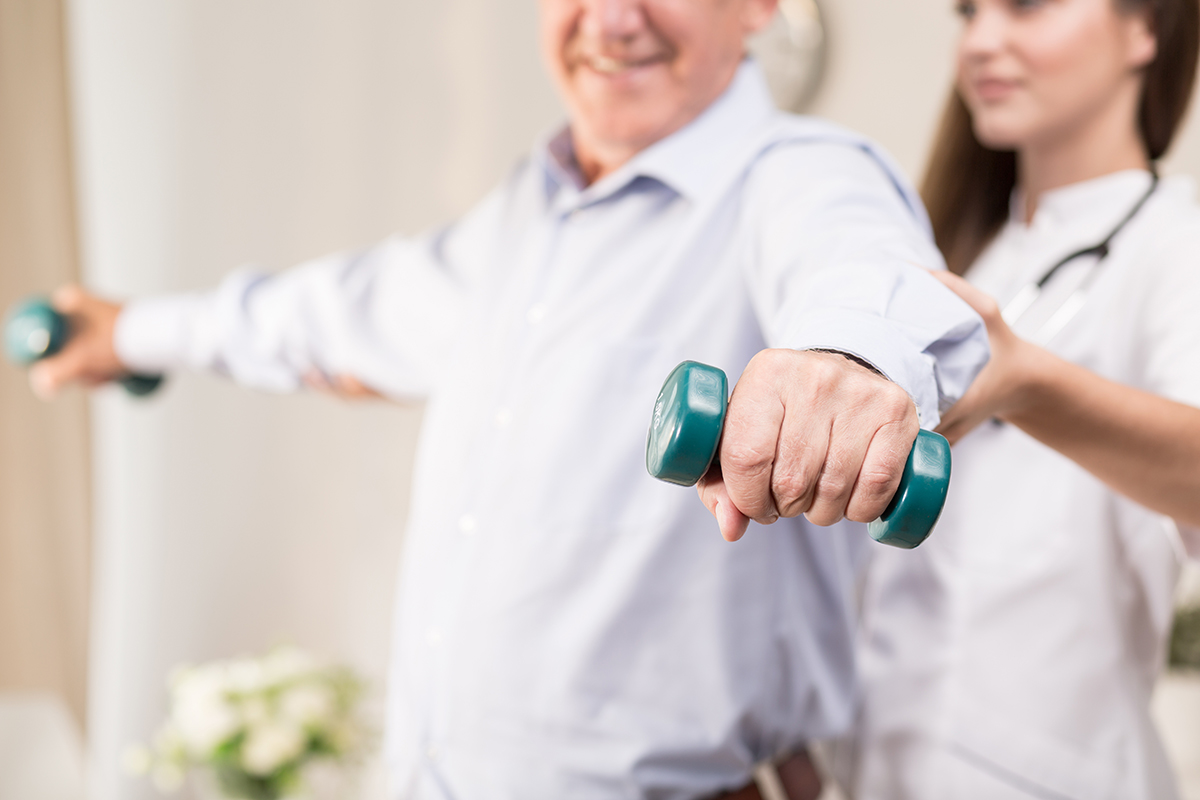
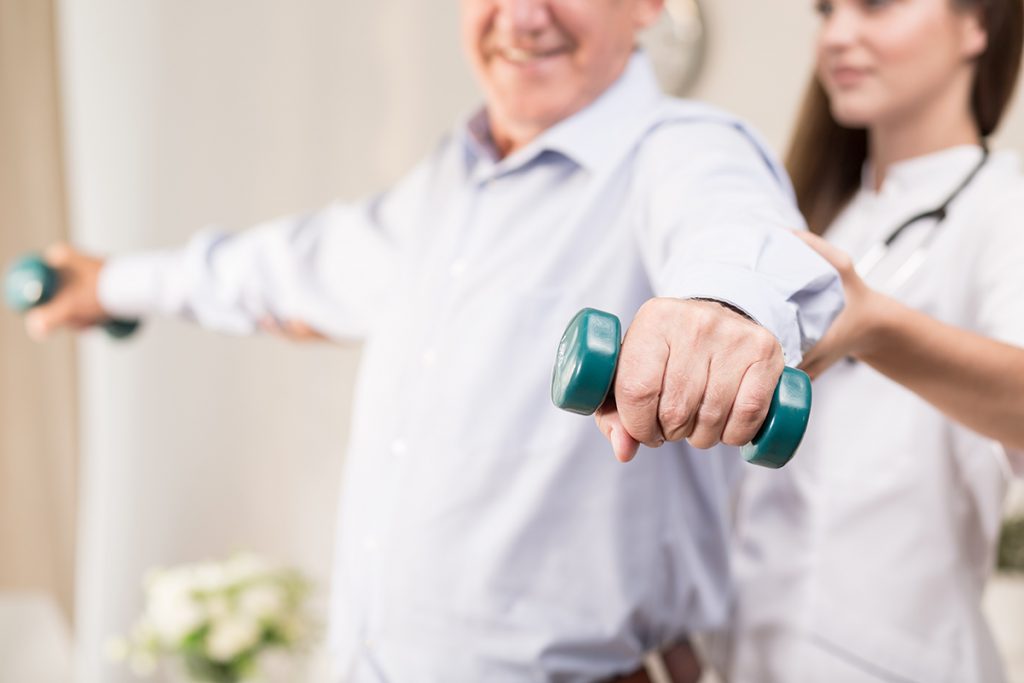 If fitness and exercise are well accepted as part of the management strategy for multiple diseases, why is it that access to organized exercise plans, and fitness professionals who can help implement those plans, are not a standard part of the medical treatment paradigm? Why is it not a standard benefit covered by common medical insurance policies?
If fitness and exercise are well accepted as part of the management strategy for multiple diseases, why is it that access to organized exercise plans, and fitness professionals who can help implement those plans, are not a standard part of the medical treatment paradigm? Why is it not a standard benefit covered by common medical insurance policies?
